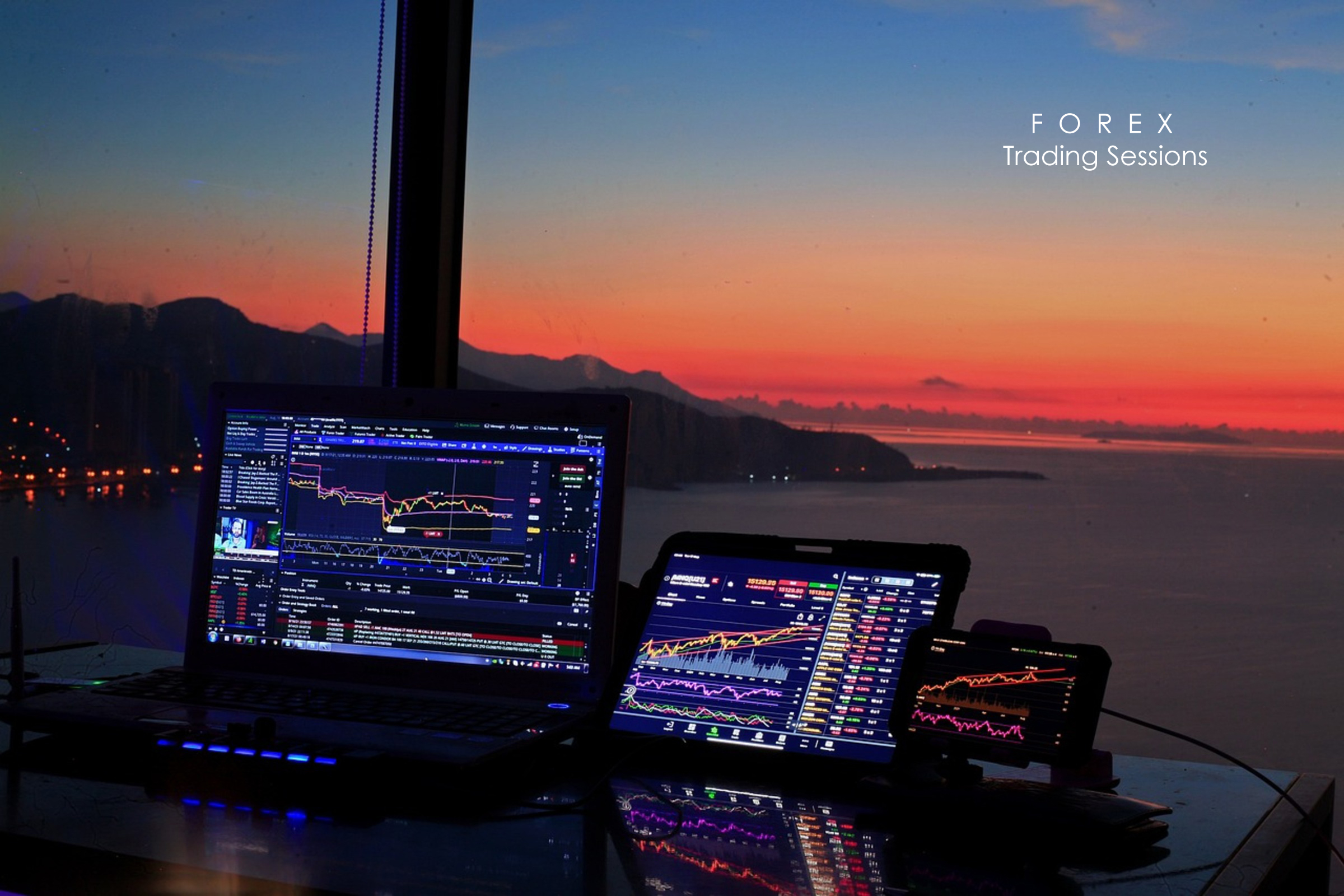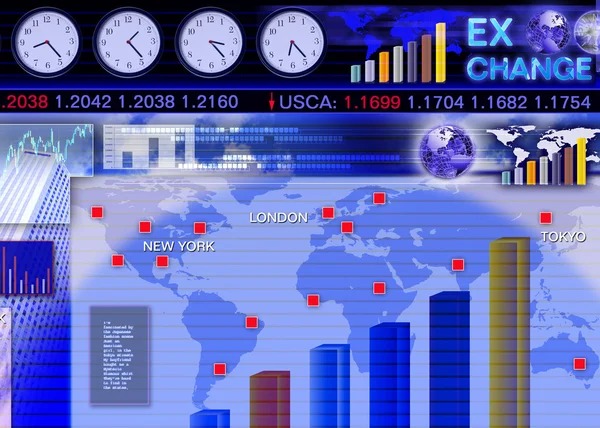
Forex trading operates 24 hours a day, five days a week, thanks to the overlapping trading hours of financial markets around the globe. Understanding the dynamics of these trading sessions is crucial for traders looking to optimize their strategies. In this article, we will delve into the various forex trading sessions, comparing their characteristics, and exploring strategies applicable to each.
Understanding the Basics of Forex Trading Sessions
Forex markets are divided into three primary trading sessions: the Asian, European, and North American sessions. Each session presents unique characteristics and trading opportunities. Knowing the distinctions between these sessions is essential for developing effective trading strategies and capitalizing on market movements.
The Major Forex Trading Sessions Explained
The forex market is segmented into three major trading sessions, each corresponding to specific geographical regions and time zones:
| Session | Time (UTC) | Key Currency Pairs | Market Characteristics |
|---|---|---|---|
| Asian | 00:00 – 09:00 | USD/JPY, AUD/USD, NZD/USD | Lower volatility, range-bound movements |
| European | 07:00 – 16:00 | EUR/USD, GBP/USD, USD/CHF | High volatility, major economic announcements |
| North American | 13:00 – 22:00 | USD/CAD, USD/JPY, AUD/USD | Increased volatility, impact from U.S. data releases |
Key Characteristics of the Asian Trading Session
The Asian trading session begins at midnight UTC and lasts until 9:00 AM UTC. This session is characterized by:
- Lower volatility: The Asian session typically experiences less trading volume compared to other sessions. Major market participants are usually less active, leading to range-bound price movements.
- Key currency pairs: The most traded pairs during this session include USD/JPY, AUD/USD, and NZD/USD. These currencies are typically influenced by economic data from Japan, Australia, and New Zealand.
- Risk sentiment: As the first session of the trading day, the Asian session often sets the tone for market sentiment. Traders use this time to gauge market reactions to news events.
Practical Tips for Trading in the Asian Session:
- Focus on breakout strategies when price approaches significant support or resistance levels.
- Utilize technical indicators such as Bollinger Bands to identify potential price movements.
- Prepare for announcements from major Asian economies, as this may lead to volatility.
Navigating the European Forex Trading Session

The European trading session overlaps significantly with the Asian session and runs from 7:00 AM to 4:00 PM UTC. This session is crucial for traders due to its higher volatility and liquidity.
- High trading volume: The European session sees increased participation from traders and institutions, resulting in more significant price movements.
- Key economic indicators: Major economic data releases from the Eurozone, the UK, and Switzerland often occur during this session. Reports such as GDP, inflation rates, and employment figures can lead to sharp market reactions.
- Popular currency pairs: The most actively traded pairs during this session are EUR/USD, GBP/USD, and USD/CHF.
Practical Tips for Trading in the European Session:
- Pay attention to economic calendars and be prepared for potential market volatility during data releases.
- Consider using news trading strategies to capitalize on sharp price movements following significant announcements.
- Monitor correlations between different currency pairs to spot potential trading opportunities.
The Impact of the North American Session on Forex Markets
The North American trading session runs from 1:00 PM to 10:00 PM UTC, marking the end of the trading week. This session is often the most impactful due to major economic data releases from the U.S. economy.
- High volatility: The North American session can experience significant price swings as U.S. traders react to economic news and market developments.
- Major economic releases: Key indicators include non-farm payrolls, consumer confidence indexes, and interest rate decisions from the Federal Reserve.
- Currency pairs to watch: USD/CAD, USD/JPY, and AUD/USD are commonly traded during this session, as traders look for opportunities driven by U.S. data.
Practical Tips for Trading in the North American Session:
- Implement risk management strategies, as increased volatility may result in larger-than-normal price movements.
- Utilize market sentiment analysis to gauge trader sentiment before major economic releases.
- Consider using limit orders to manage entry and exit points effectively during high volatility.
Strategies for Trading Across Different Forex Sessions
Adapting your trading strategy to the specific characteristics of each forex session can enhance your trading performance. Here are some strategies to consider:
- Scalping in the Asian session: Due to lower volatility, a scalping strategy can be effective. Focus on small price movements and quick trades.
- Trend trading in the European session: Capitalize on potential trends that develop during this high-volume session. Look for breakout patterns and use trend-following indicators.
- News trading in the North American session: Following economic news releases, traders can use market reactions to enter trades based on anticipated volatility.
Conclusion
Understanding the different forex trading sessions is essential for any trader looking to maximize their opportunities in the forex market. By recognizing the characteristics of each session and adapting strategies accordingly, you can enhance your trading effectiveness.
Frequently Asked Questions (FAQ)
1. What are the three main forex trading sessions?
The three main forex trading sessions are the Asian, European, and North American sessions.
2. How does volatility differ between trading sessions?
Volatility varies by session; the Asian session typically has lower volatility, while the European and North American sessions experience higher volatility due to increased trading volume and economic data releases.
3. Which currency pairs are most active during the Asian session?
Key currency pairs during the Asian session include USD/JPY, AUD/USD, and NZD/USD.
4. Why is the European session important for traders?
The European session is vital due to its high trading volume and the potential for significant price movements driven by key economic indicators.
5. What strategies work best for trading different sessions?
Scalping strategies are effective in the Asian session, trend trading can be successful in the European session, and news trading aligns well with the North American session’s volatility.
6. How can I prepare for trading during the North American session?
Review the economic calendar for major U.S. data releases, and utilize risk management techniques to handle potential volatility.
7. Can I trade forex at any time during the week?
Yes, the forex market operates 24 hours a day during the weekdays, allowing traders to participate in trading at any time that suits their strategies.
I didn’t know the forex market was open all day! This is helpful.
I want to try scalping during the Asian session as you suggested!
It’s good to know which currency pairs are most active in each session.
‘High volatility’ in North America can be risky, but exciting too!
‘Trend trading’ in Europe is something I’ll definitely consider now.
‘Understanding market sentiment’ is key, thanks for this advice!
The differences between the trading sessions are interesting. I will look into it more.
‘News trading’ sounds like a smart idea during the North American session!
Learning about the Asian session’s lower volatility is useful for my strategies.
The importance of the European session makes sense now. Thanks for explaining!
| Powered by WordPress | Theme by TheBootstrapThemes